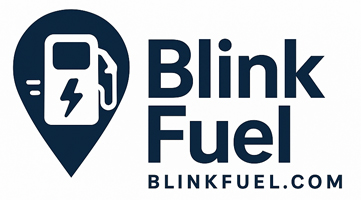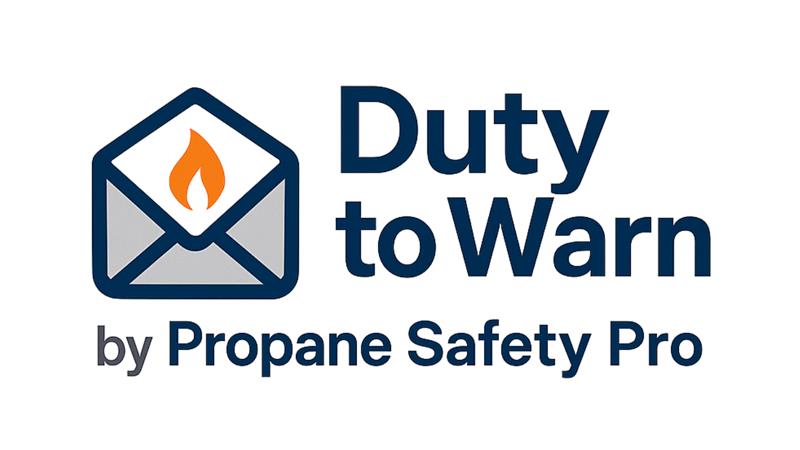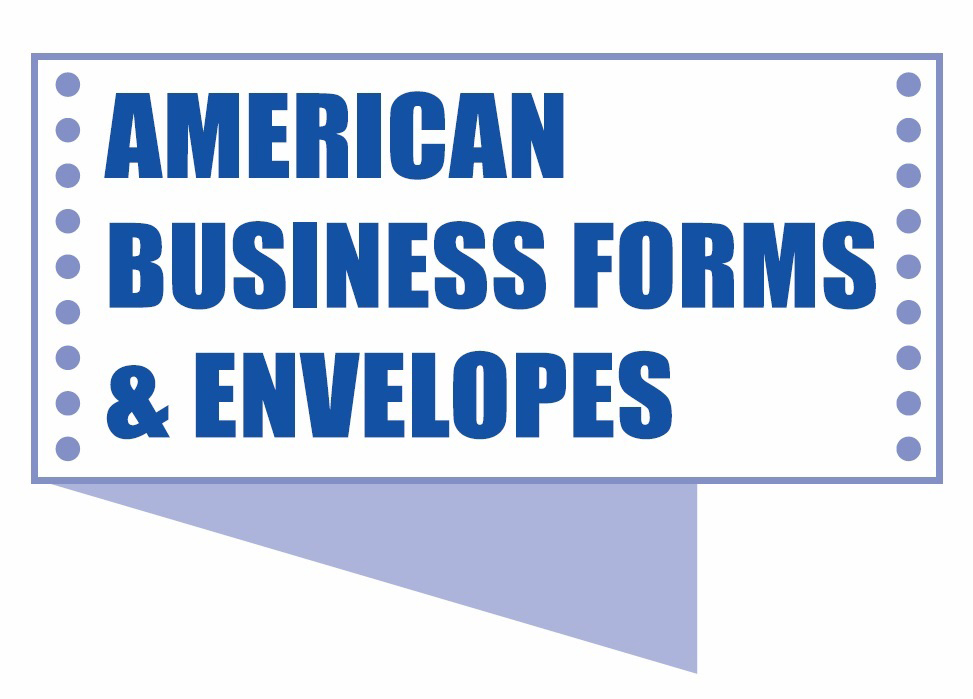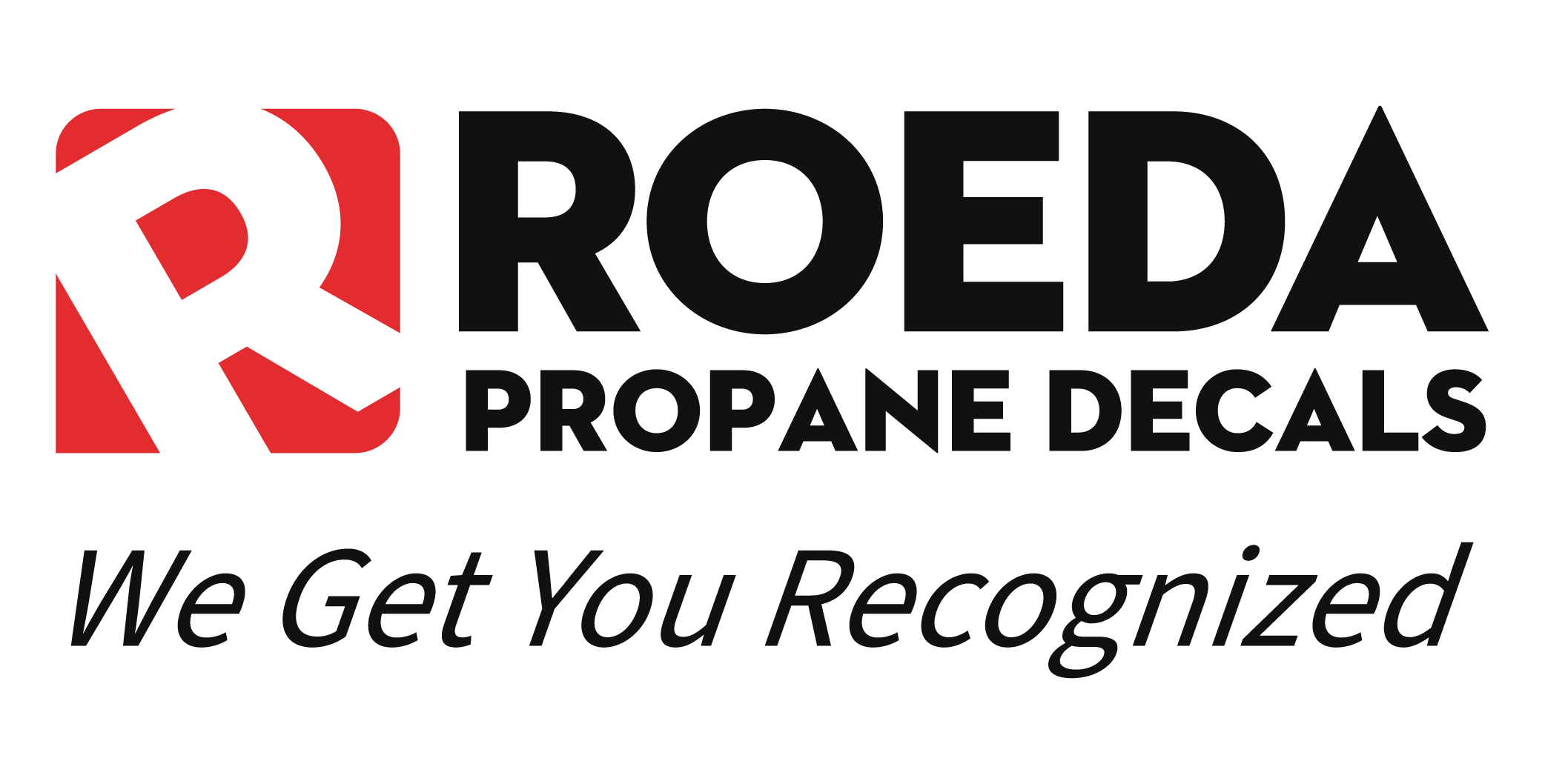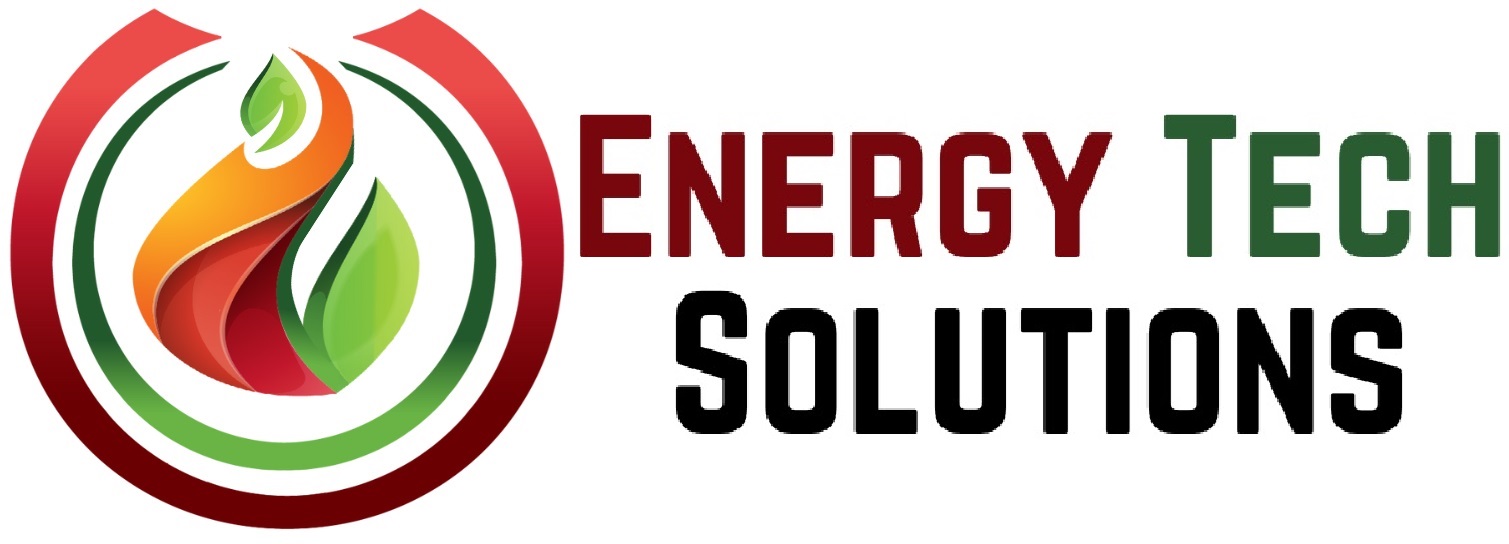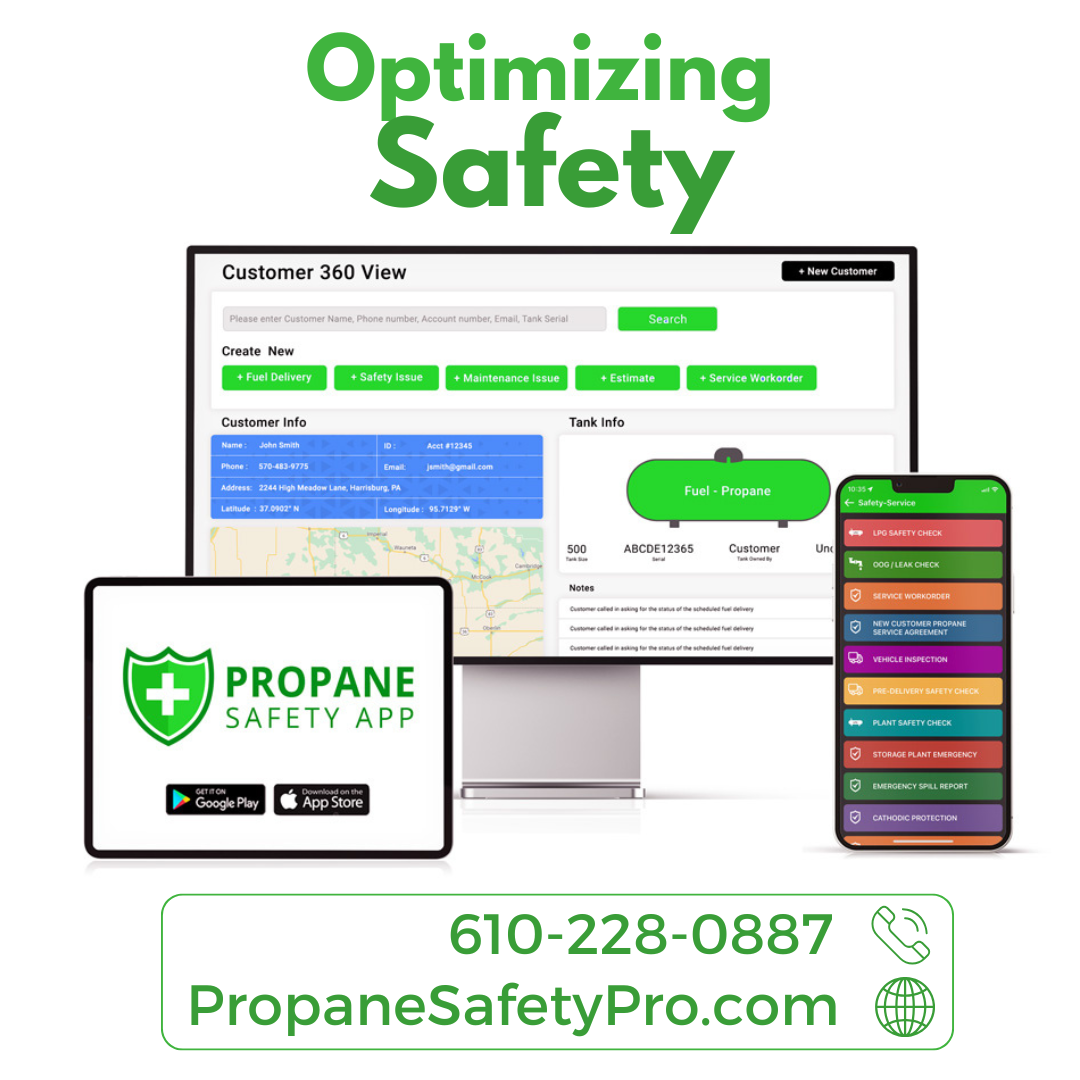How to Build a Hazard-Free Propane Operation
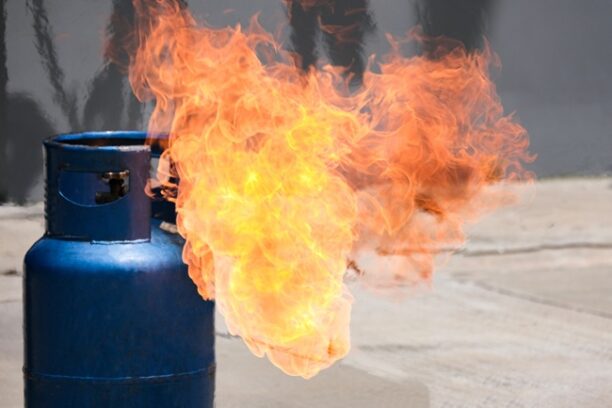
Every workplace has risks. Whether you’re running a propane operation company, managing a service yard, or overseeing drivers and deliveries, hazards can show up when you least expect them. Some dangers are easy to spot – like a broken valve or a loose wire – but others build slowly over time, such as poor habits, missing safety steps, or unclear procedures.
If you’re in a leadership role, part of your job is to look for these risks before they become real problems. That means learning how to spot warning signs, take action early, and put systems in place to prevent accidents, injuries, or costly mistakes. These steps don’t need to be complex. What matters is doing them consistently and getting your team involved in the process. Let’s examine the best ways managers can identify and fix business hazards before they grow.
Start With a Walkthrough
One of the simplest and most effective ways to spot hazards is by walking through your work areas. Don’t just glance around – take your time. Look at storage areas, tools, vehicles, and even paperwork. Ask yourself: Is everything where it should be? Is anything damaged or too worn looking? Are people completing their tasks safely and properly?
These walkthroughs should happen regularly, not just after something goes wrong. By making them a habit, you’ll begin to notice small changes that might lead to bigger problems later. This important practice also communicates to your team that safety matters every day, not just during inspections.
Talk to the People Doing the Work
Your team observes things within your company that you might not. They deal with the customers, drive the trucks, and handle the equipment every day. When you ask them what could be done in a safer or easier manner, you will often discover issues that wouldn’t have shown up on a checklist.
Encourage open conversations with your team. Let people know it’s okay to speak up. Some workers may feel nervous about reporting a problem, especially if they think it will reflect poorly on them. As a manager, it’s your job to create a culture where feedback is welcome and action is taken quickly.
Review Past Incidents and Reports
If you’ve had any safety reports, near-misses, or minor accidents in the past, don’t let them sit in a file. These reports are valuable clues to potential problems that may be brewing within your company. Look for patterns. Did something happen more than once? Was the same vehicle, route, or process involved?
Past issues often point to ongoing problems. By reviewing them, you can find ways to make real improvements. You may discover that certain hazards are showing up again and again – and that means it’s time to take a closer look at how the work is done.
Create Clear Steps to Fix Problems
Once a hazard is identified, the next step is to fix it fast. But fixing it doesn’t always mean throwing money at it. Sometimes it’s about changing a step in the process, marking off a hazard zone, or retraining a team member on proper handling. The key is to act clearly and decisively.
Set a plan for what needs to be done, who will tackle the problem, and when it will be complete. If something will take time, put a temporary safety step in place to reduce the risk until the full solution is in place. Make sure everyone on the team knows what’s happening and why.
Keep a Simple Hazard Log
Writing things down helps you stay ahead of problems. A basic log where you track what you’ve seen, what was done, and who handled it can go a long way. This record keeps you organized and helps when it’s time for audits, insurance reviews, or training sessions.
You don’t need fancy software to accomplish this goal. A shared notebook or spreadsheet can work well as long as it’s updated regularly. The more you track, the more prepared you’ll be for the future. Don’t underestimate the importance of solid documentation and the benefits it provides for every facet of your company.
Final Thoughts
In the propane industry, safety is more than a rule; it’s a way of doing business. One mistake can lead to severe injury, property damage, or even a shutdown. Managers who stay alert, take action, and include their team in the process can help prevent these risks from turning into real catastrophes.
By learning how to detect and avoid hazards early on, propane business owners can protect their staff, avoid costly issues, and keep their operation running strong. This proactive approach also shows customers and the community that you take the quality of your work and their safety seriously. This will do much to increase the public’s trust in your services, a foundational building block for any business.


